Optimal Seasonal Waterproofing Timing
Waterproofing is a critical component in protecting structures from water intrusion and damage. Proper timing ensures maximum effectiveness and longevity of waterproofing materials. Understanding seasonal and environmental factors can help determine the optimal period for application.
Spring offers moderate temperatures and lower humidity, ideal for waterproofing projects. It allows sufficient curing time before summer rains.
Summer's warm weather accelerates drying and curing. However, high humidity and rain can hinder application and effectiveness.
Fall provides cooler temperatures and less humidity, making it suitable for waterproofing before winter. It helps prevent water damage during the colder months.
Winter is generally not recommended due to freezing temperatures, which can impair curing and adhesion of waterproofing materials.
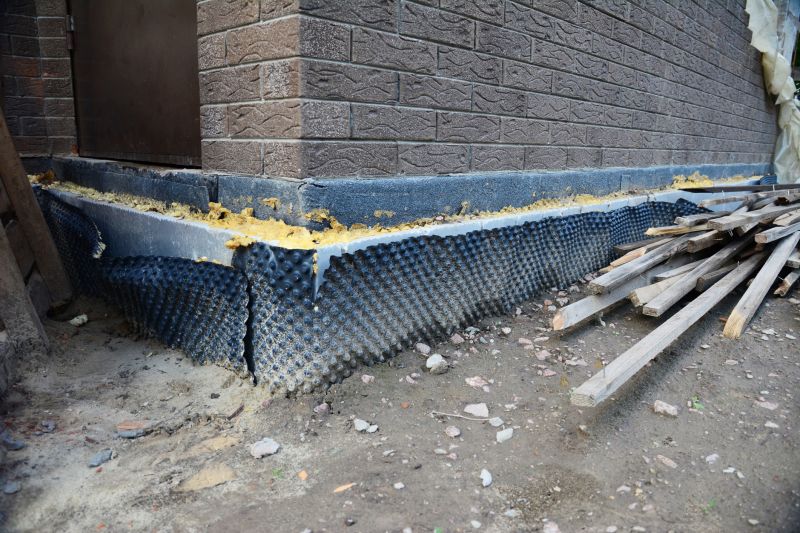
Ways to make Waterproofings work in tight or awkward layouts.
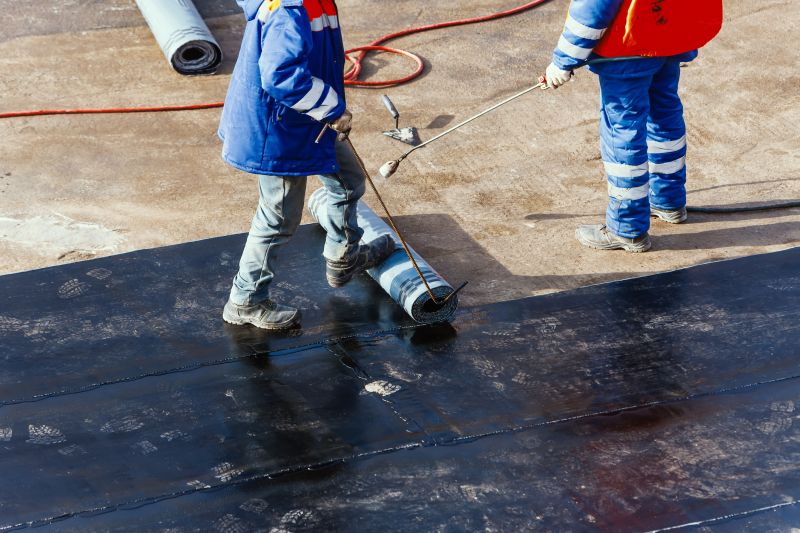
Popular materials for Waterproofings and why they hold up over time.

Simple add-ons that improve Waterproofings without blowing the budget.

High-end options that actually feel worth it for Waterproofings.
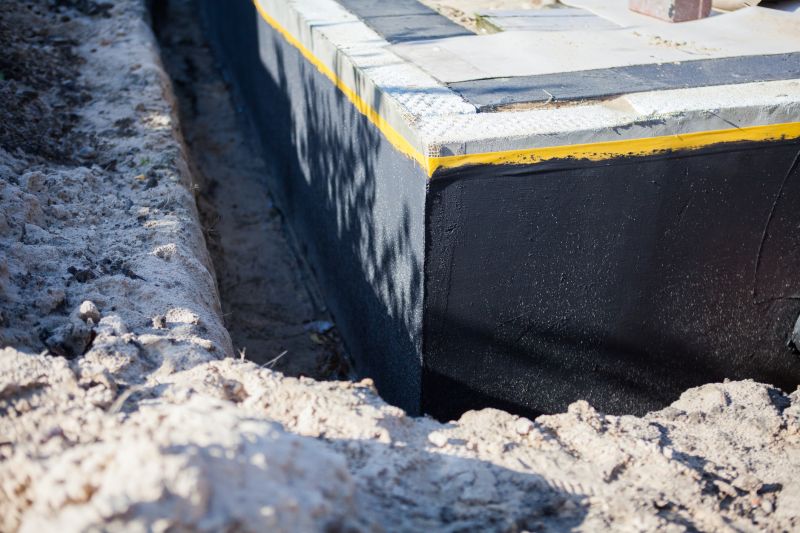
Finishes and colors that play nicely with Waterproofings.
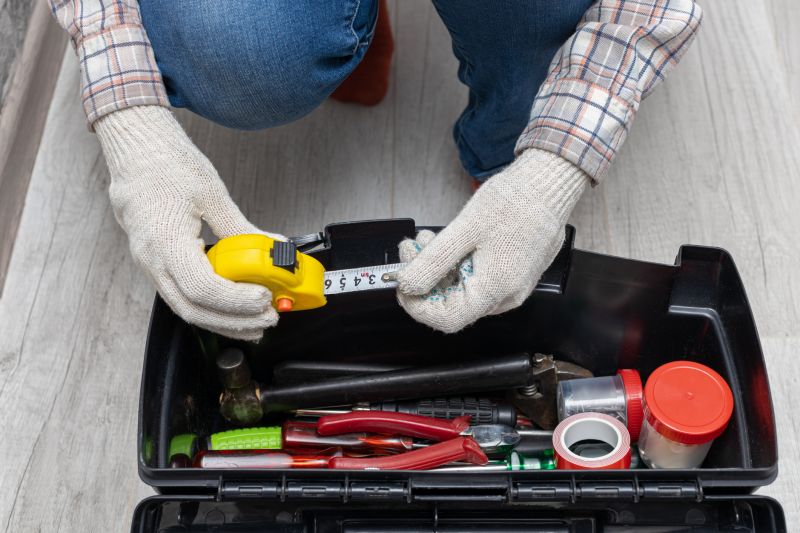
Little measurements that prevent headaches on Waterproofings day.
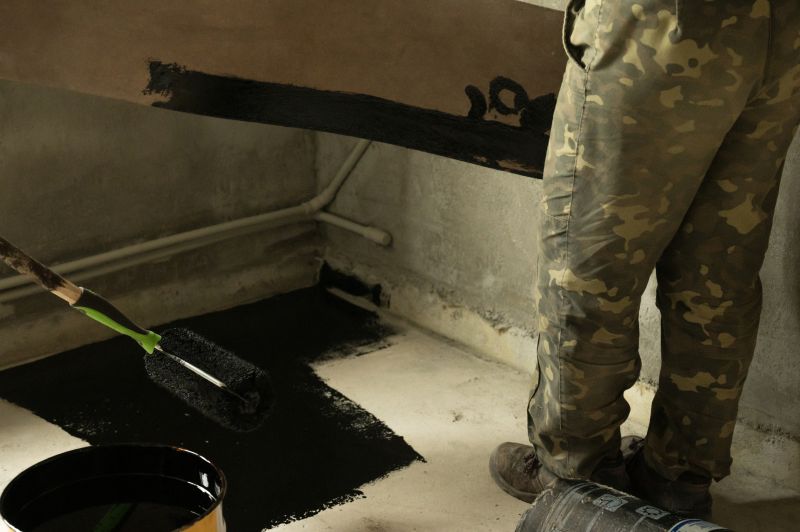
A 60-second routine that keeps Waterproofings looking new.

A frequent mistake in Waterproofings and how to dodge it.

Small tweaks to make Waterproofings safer and easier to use.
| Season | Recommended Conditions |
|---|---|
| Spring | Moderate temperatures, low humidity, dry weather |
| Summer | Warm temperatures, low humidity, dry periods |
| Fall | Cooler temperatures, dry weather, less humidity |
| Winter | Not recommended due to freezing temperatures |
Waterproofings are essential for preventing water ingress that can lead to structural damage, mold growth, and deterioration of building materials. Proper application during suitable weather conditions enhances adhesion and durability. The choice of waterproofing material and method depends on the specific structure, location, and environmental exposure.
Statistics indicate that waterproofing can extend the lifespan of a structure by protecting it from water-related damages. Properly timed waterproofing projects can reduce maintenance costs and prevent costly repairs caused by water infiltration over time.
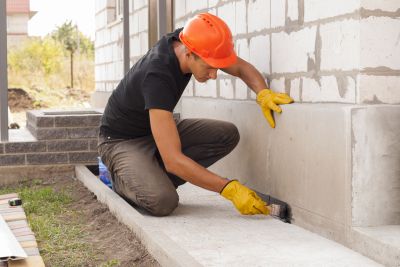
Lower-waste or water-saving choices for Waterproofings.
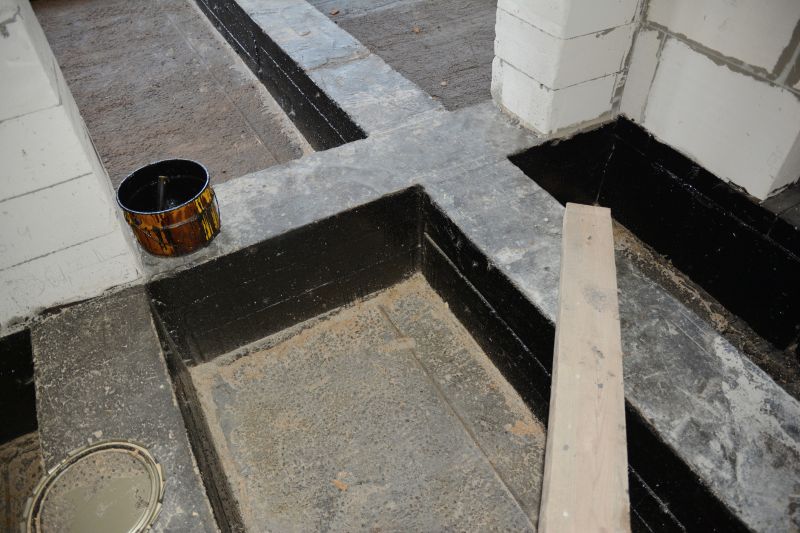
The short, realistic tool list for quality Waterproofings.

Rough timing from prep to clean-up for Waterproofings.
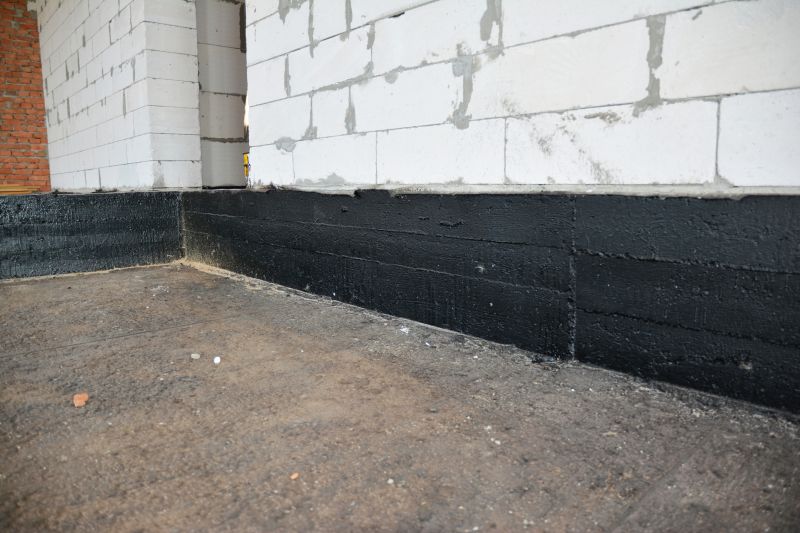
Quick checks and paperwork to keep after Waterproofings.
Those interested in waterproofing services are encouraged to contact for further information. Proper timing and application techniques are vital for ensuring long-lasting protection against water damage.

